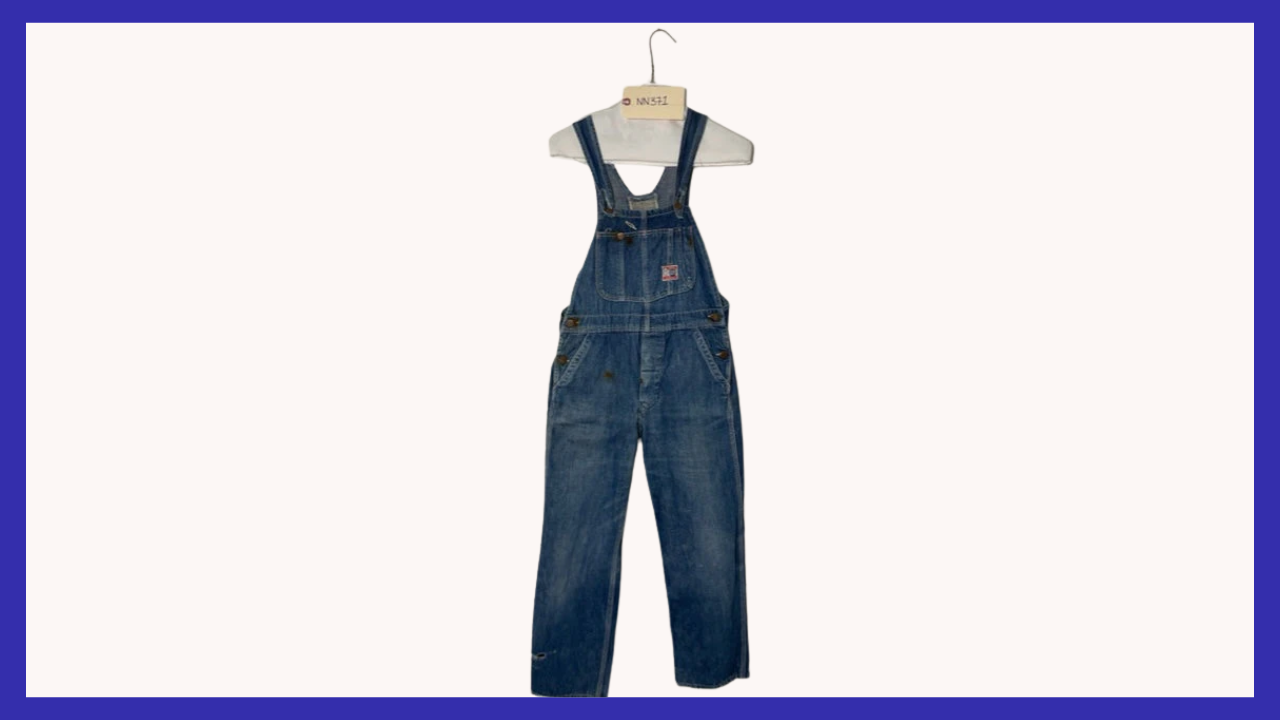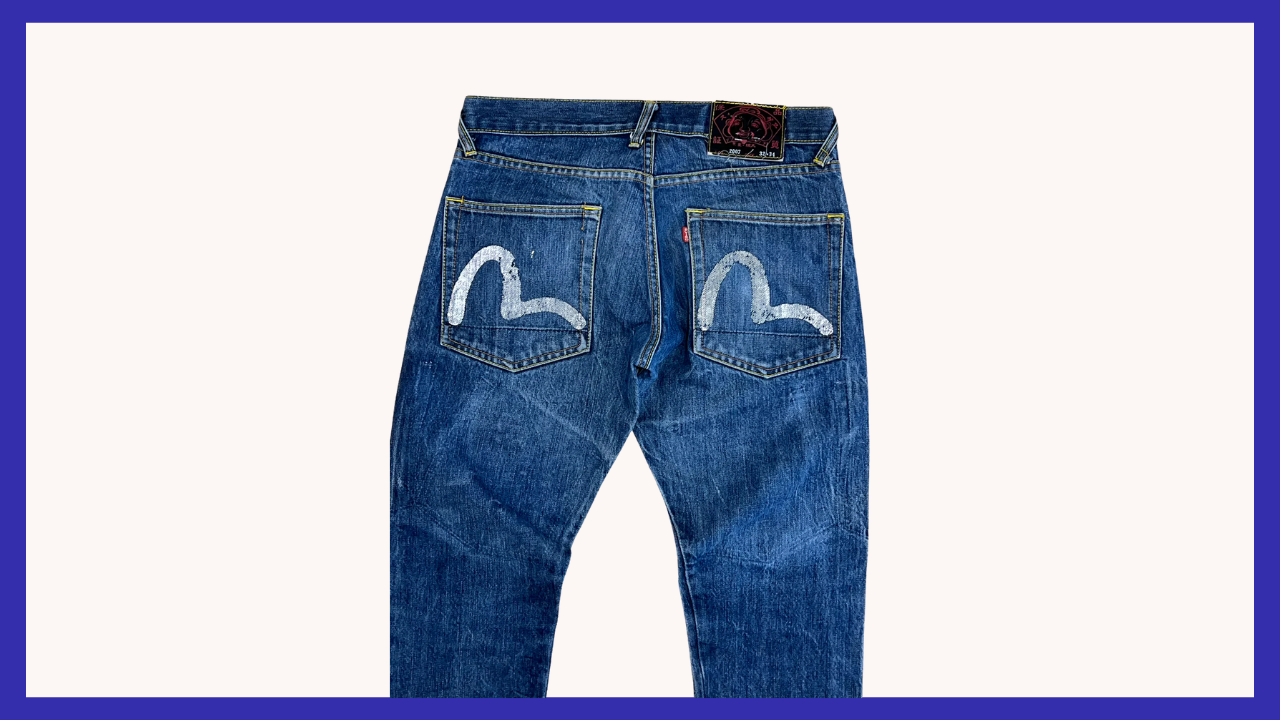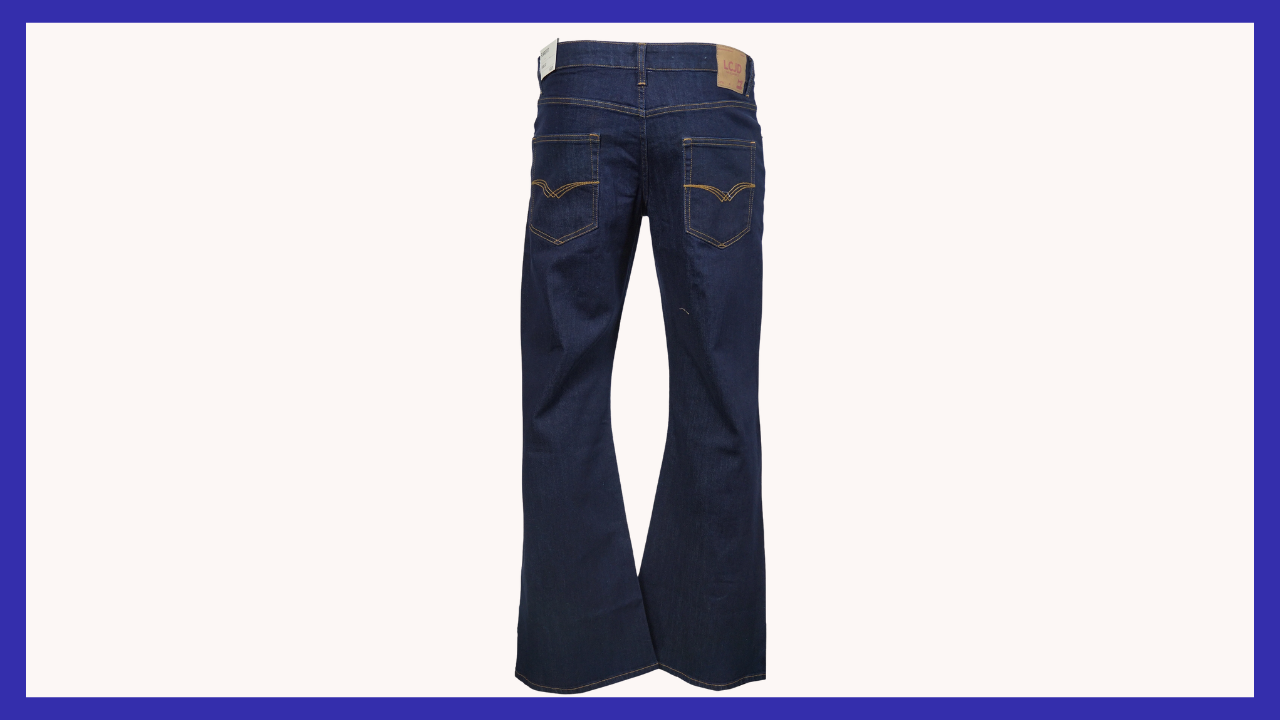AllVintageStyles
The Ultimate Vintage Fashion Encyclopedia
Dungarees

Bib-front work overalls with shoulder straps, designed as essential protective workwear for manual labor, farming, and industrial activities requiring durability and functionality.
Quick Facts
- Era: 1920s (peak popularity 1900s-1950s)
- Origin: United States (agricultural and industrial workwear tradition)
- Garment Type: Protective work overalls with bib-front construction
- Key Identifiers: Bib front, shoulder straps, side buckles, heavy cotton construction
- Typical Resale Price: $80-$600 (authentic vintage pieces)
- Best For: Workwear collectors, American labor heritage enthusiasts, functional clothing advocates
History & Evolution
Dungarees emerged in the late 19th century as essential protective workwear when American agriculture and industry required durable clothing that could protect workers' regular clothes while providing practical functionality for manual labor. The bib-front design offered chest protection and additional pocket space for tools and supplies, while shoulder straps distributed weight evenly for comfort during long work days. Early versions represented authentic working garments that reflected practical necessity and American industrial development.
The 1920s through 1940s established dungarees as indispensable workwear when American agriculture, railroads, and manufacturing industries relied heavily on manual labor requiring protective clothing. The style became associated with honest work, American productivity, and blue-collar pride, appealing to farmers, mechanics, railroad workers, and industrial laborers who needed clothing that enhanced job performance while demonstrating work ethic. Manufacturers like Lee, Oshkosh B'Gosh, and Carhartt created versions that emphasized maximum durability and practical functionality.
The 1950s and 1960s maintained dungarees as standard work clothing while beginning their transition into casual and fashion contexts as American culture began celebrating working-class authenticity. The style influenced both utility fashion and casual wear throughout subsequent decades, representing connection to American labor heritage. Contemporary versions continue dungaree traditions with modern materials, but vintage pieces offer superior construction quality and authentic working details that reflect original manual labor requirements and American workwear excellence.
Authentication Tips
Authentic 1900s-1950s Features:
- Heavy cotton duck or denim construction with substantial weight appropriate for protective workwear
- Functional hardware including metal buckles, buttons, and rivets with workwear-grade durability
- American workwear manufacturing labels from established companies (Lee, Oshkosh, Carhartt)
- Reinforced stress points including pocket corners, strap attachments, and knee areas
- Practical design elements including tool pockets, hammer loops, and functional bib construction
Common Reproductions/Modern Pieces:
- Lightweight cotton or synthetic blends inappropriate for authentic protective workwear function
- Decorative hardware without proper strength or functional design for actual work applications
- Fashion styling elements inappropriate for authentic manual labor and industrial workwear
- Simplified construction without proper reinforcement for work durability and stress resistance
- Generic fashion labels without connection to authentic American workwear manufacturing heritage
Styling & Use Cases
- Best for workwear collectors: Display as examples of authentic American labor clothing and industrial heritage
- Ideal for functional use: Wear for farming, gardening, mechanical work, and actual manual labor applications
- Perfect for heritage enthusiasts: Combine with period-appropriate work boots and shirts for complete working-class presentation
Modern styling tips:
- Respect the garments' authentic working heritage and manual labor functionality
- Choose practical accessories that honor the dungarees' agricultural and industrial origins
- Focus on functional applications that reflect the garments' protective workwear necessity and American labor heritage
FAQ
Q: How can I tell if dungarees are authentic vintage workwear construction?
A: Check for heavy cotton duck or denim with protective workwear weight, functional hardware with workwear-grade durability, American workwear manufacturing labels from established companies, reinforced stress points for work applications, and practical design elements for actual manual labor use.
Q: What's the typical price range for vintage dungarees?
A: Authentic vintage dungarees range from $80-600 depending on brand, age, and condition. Early 20th century pieces or documented working examples command higher prices among American workwear and labor heritage collectors.
Q: How should I care for a vintage dungarees?
A: Machine wash in cold water to preserve heavy cotton construction, air dry to prevent shrinkage of work fabric, avoid harsh detergents that can damage authentic workwear treatments, and store properly to maintain bib structure and strap functionality.
Q: What makes vintage dungarees valuable to collectors?
A: Authentic American labor heritage representing agricultural and industrial working class tradition, superior heavy-duty construction with genuine protective workwear functionality, cultural significance in blue-collar identity and honest work values, and documentation of essential working garments that protected generations of American manual laborers before modern safety equipment and synthetic workwear materials.
📷: BuckleBack Archive



